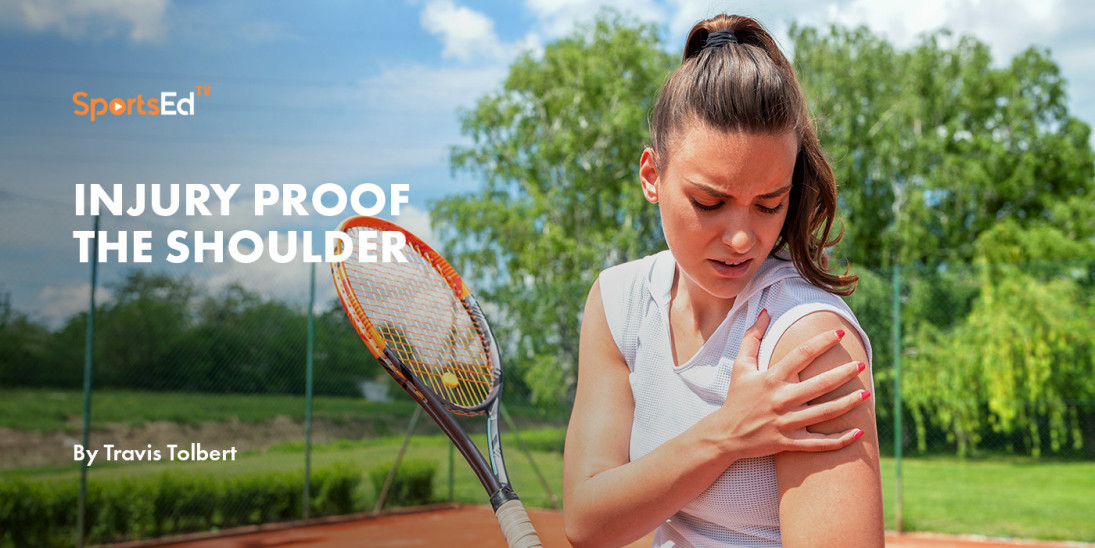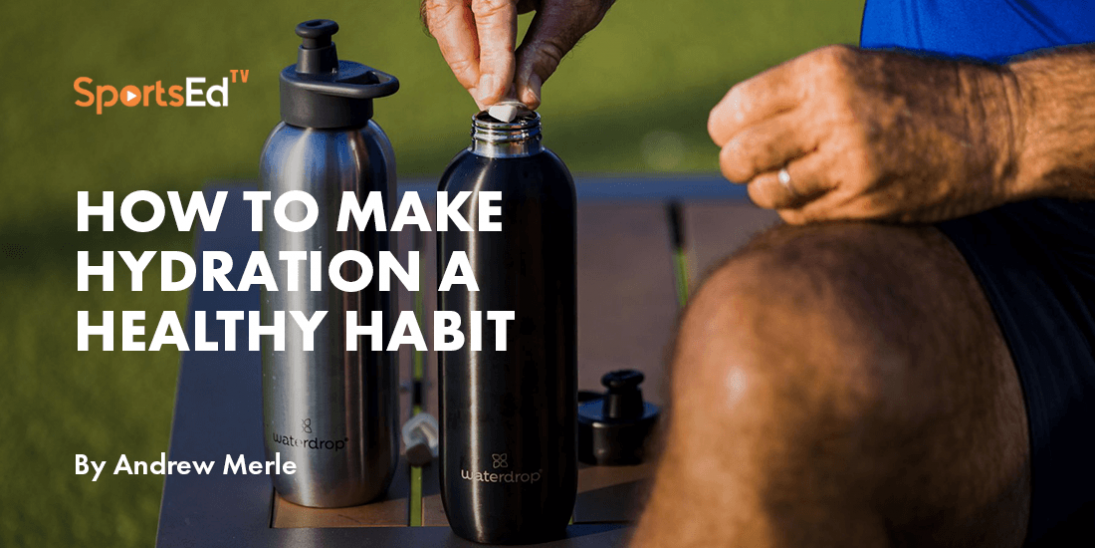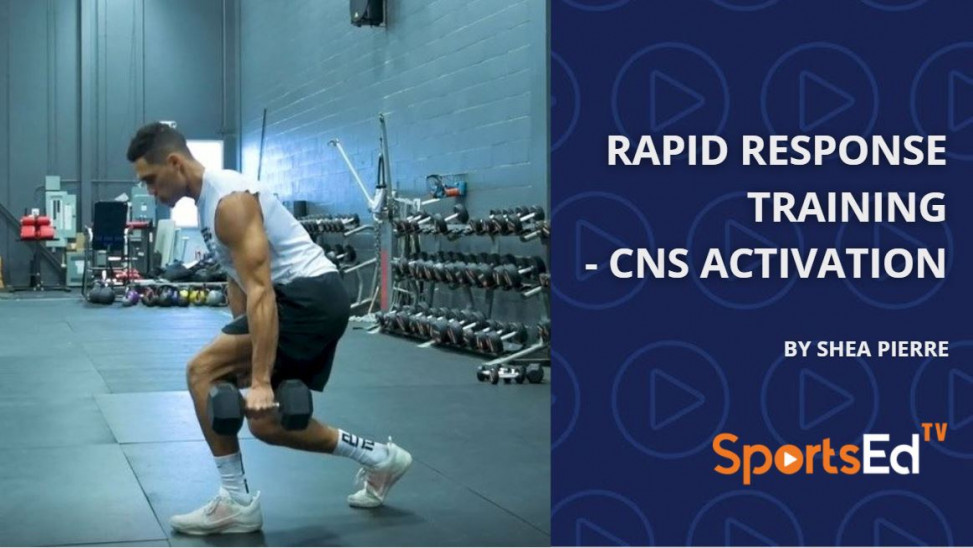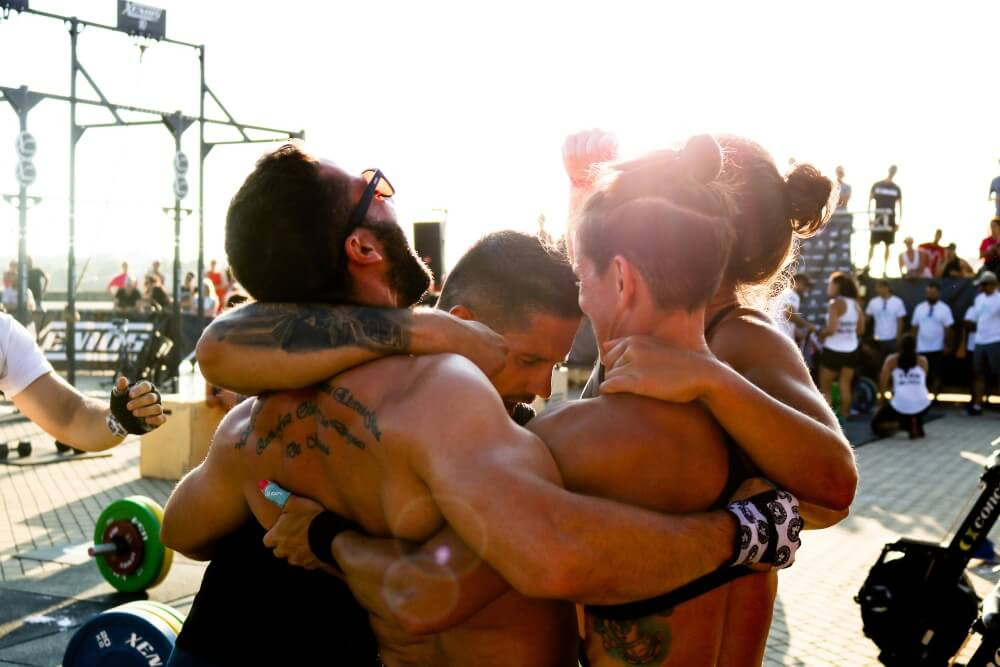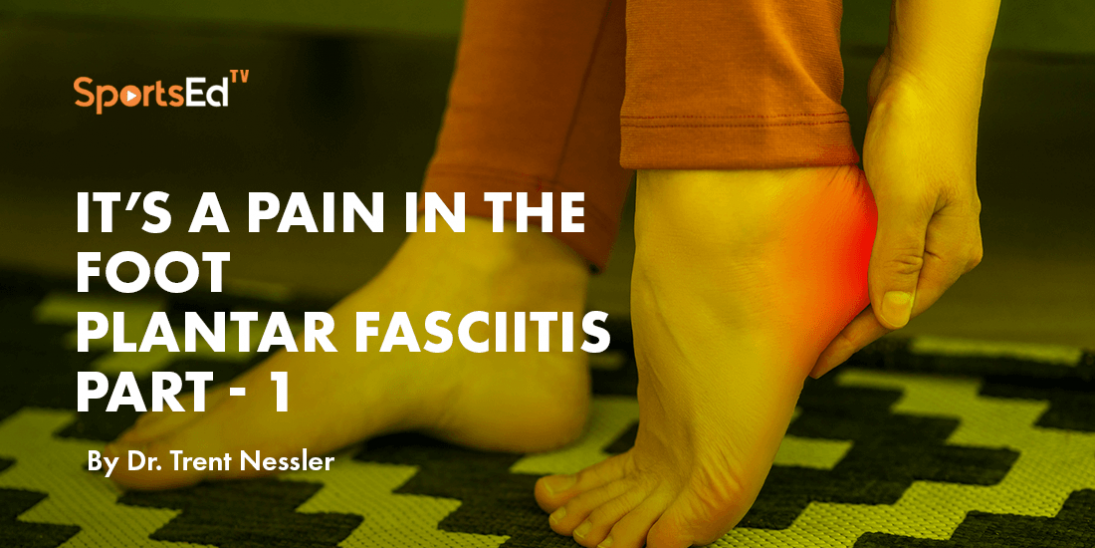Tennis, Strength And Conditioning
Welcome and thanks for visiting...

Fitness Has Significantly Changed The Game For Tennis Players
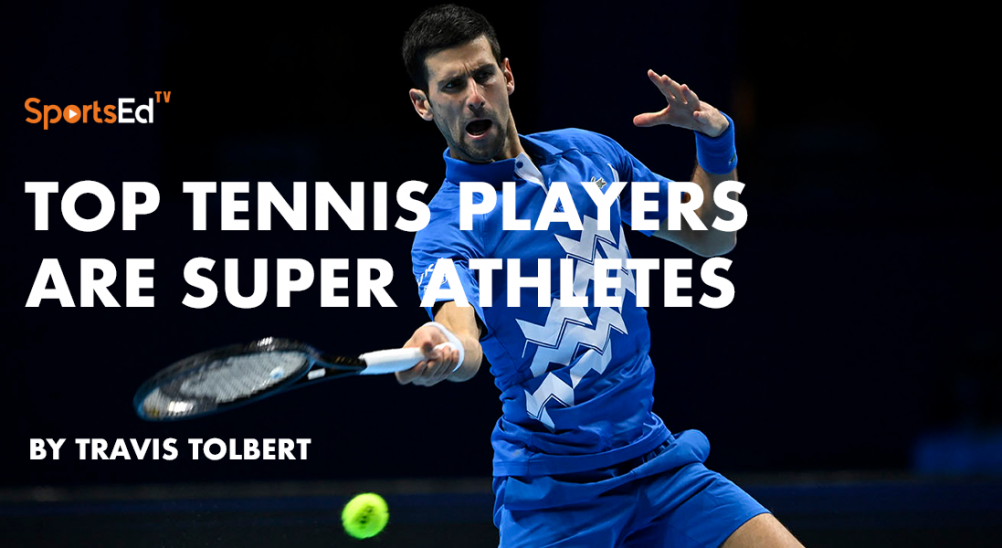
Over the past 15 years, fitness and conditioning for tennis players have found their place as mandatory components for higher-level tennis play.
Fitness has now become a staple in all higher-level tennis athletes’ training, making it necessary to allow players in all sports to compete at the highest level.
Social media paints a pretty picture of the latest and greatest fitness and conditioning trends for tennis players. Tennis players such as Rafael Nadal, Novak Djokovic, Serena Willians, and Roger Federer all have this in common. They have all the fitness and conditioning components to compete at the highest level; endurance, reaction, agility, speed, coordination, flexibility, balance, and strength.
Many of the top athletes posting online their latest workouts jumping over hurdles, kicking resistance bands, throwing medicine balls at all angles, amongst many other fancy tricks.
However, the subject is often a polarizing subject when discussing the best course of action with tennis coaches and fitness coaches.
The approach varies widely for each tennis player as we all have different needs and strengths. To achieve the required fitness skills, the path is not linear. In this blog, I hope to clear up some of the confusion and shed light on the projected path of what fitness and conditioning should look like for tennis players. Tennis is a sport that is highly physical and it requires the athlete to be some of the fittest from other sports.
.jpg)
Rafael Nadal
Breaking Down Tennis
Tennis is a game of starting, stopping, balancing, changing direction, reaction, acute visual skills, power, and precision. It combines lower and upper body forces at all angles and displaces stress on the body in a way that few sports can compare. It calls for a wide range of health- and motor-related components of fitness with high physical and mental demands.
Specific motor recruitments are called for with split steps, pivots, turns, accelerating with proper footwork, decelerating to load and unload, to recovery steps, at a plethora of angles and speeds. It's no wonder that tennis takes years to master with the never-ending intricacies of the technical, tactical, physical, and mental demands. How does one even know where to begin with integrating fitness into a tennis routine….especially when the sport is played year-round with high demands for tournament play at the junior, ITF, and professional levels?
Tennis Training Volume Control
Volume control consists of the amount of strength and conditioning training that the athlete performs.
This is the single most important factor that should always be the number one priority in supplementing fitness & conditioning.
Volume can consist of a myriad of different fitness- and motor-related components and should always be considered with the volume of tennis play on a weekly and monthly basis. The ideal situation consists of mapping at least one mesocycle of training at a time.
A chronic physiological adaptation of the body usually takes 3-4 weeks to occur. This timeframe provides adequate time to coordinate tournament, practice, match play, and fitness/conditioning in a structured manner that allows for proper volume control. It also allows the fitness coach the ability to allocate the appropriate amount of time for the needed adaptation.
One important note to remember is that every athlete can handle different volumes of training. Some athletes require about 30% injury prevention with fitness and conditioning. Other athletes can handle high loads of high-intensity work. Most important to remember, the fitness coach should be in tune with the athletes’ fatigue state and make appropriate modifications as necessary.
Tennis Fitness Test and Set Goals
Testing the physical components of fitness helps the fitness coach establish baselines as they relate to tennis. I highly recommend watching the tennis athlete play and working alongside the tennis coach when establishing the fitness and conditioning direction of the athlete. Tennis coaches love to provide feedback, like to feel involved in the conditioning process, and respect fitness coaches that ask for feedback in the process. Testing, setting goals, and assessing the needs will provide the needed direction with training and ensure that all points of contact are on the same page.
Bridge the Gap
Understanding the specifics of tennis helps the training process progress smoothly. One area that tennis and fitness coaches often overlook is learning and knowing how to bridge the gap with structural strength and functional strength.
- Structural strength entails building the foundational structure of the body to withstand the wear and tear demands of sports. It is not necessarily specific to tennis but the individual's imbalances and weaknesses. Building a stronger overall structure that has a solid foundation of musculoskeletal balance, exceptional mobility, and stability within the needed joints will curtail the chances of injury. Fitness coaches often excel at coaching strength and fitness.
- Functional strength involves strengthening the motor patterns as they relate to building better tennis movement and power. Tennis coaches often excel at functional strength training.
Both elements are crucial to an athlete's success on-court and ability to play at high levels for extended periods. Upon assessing the athlete's fitness, all parties involved should map out the athlete's fitness goals and plan and work together. This, ultimately, defines success.
Reinforcement. Reinforcement. Reinforcement.
When building functional strength and power for tennis off-court, the tennis athlete should be able to “feel” the correlation between the prescribed drill and the tennis movement, reinforcing its value on the court.
Example: Understanding loading into the ground calls for specific relaxation of the quadriceps and a load into the hip. The athlete should be able to perform fitness drills that reinforce this, and tennis coaches should perform drills that work on improving ground force interaction through trunk and core for power development.
Motor-related fitness improves rapidly with the cohesion of both coaches. That being said, the coach should always be wary of over-teaching or coaching. Repetition and practice are often the most effective teachers. Tennis is a game of feel and flow. Allow the athlete the room to feel and interact with the drill/exercise and be clear and as concise as possible when providing instructions.
Include Recovery Sessions in Tennis Training
Stretching, myofascial release, icing, and massage play vital roles in reducing stiffness, alleviating pains, and reducing recovery time. Recovery sessions should always play a role in fitness & conditioning for tennis with a special focus on the hips, lower back, and shoulders. It is suggested to provide 7-14 days off every 3 months of training from fitness and conditioning. This recovery time allows adequate healing time for the next big push in training.
Fitness and conditioning have their place in the tennis training hierarchy and should always be used to supplement tennis training. With proper structure and progression, fitness can very well be the difference-maker in close matches.
In conclusion, tennis players need the appropriate fitness training to achieve their potential and to avoid injuries. The higher the level, fitness becomes just as important as the technical aspect. At the pro level, everyone has excellent technique and what separates the best from the great, the mental part and then, the quality of their physical conditioning to maintain the technical aspect performing at its peak for the entire match and tournament.
Technique is essential at all levels, all tennis players can improve their game by improving their physical condition.
Editors' Note: In the author’s reference to mental/emotional conditioning SportsEdTV’s Learn to Win channel may offer an organized program to fit. The program is supported by science showing how athletes can improve their reaction times. In tennis, the study shows reaction time improvement which leads to quicker return reactions For instance the baseline to baseline reaction time to a 90 mile per hour serve would provide a 5’ advantage to the receiver. The handbook of fundamentals of Learn to Win program is provided free here.
For more tips, instruction, or to work specifically with Travis, direct message @Travis_Tolbert_tennisfitness.Fitness & Conditioning for Tennis

